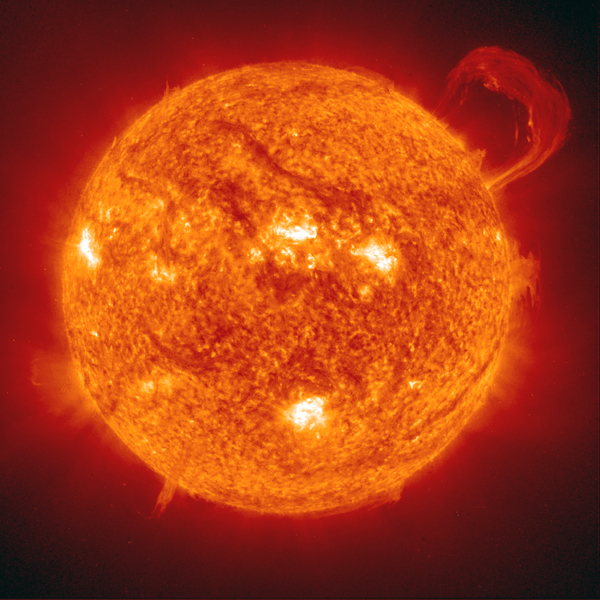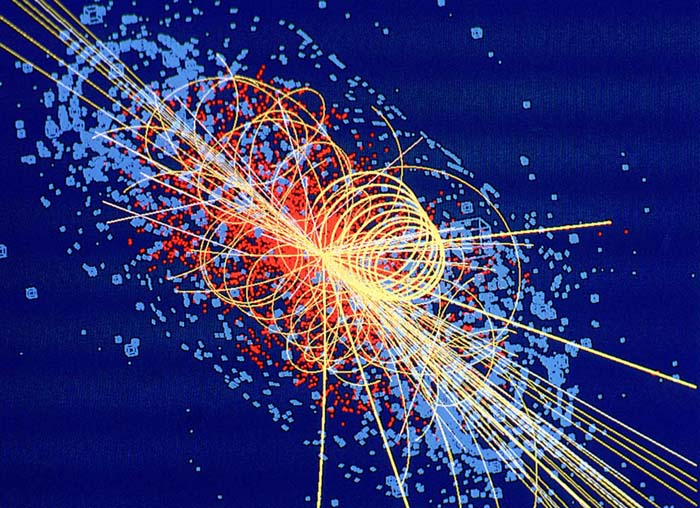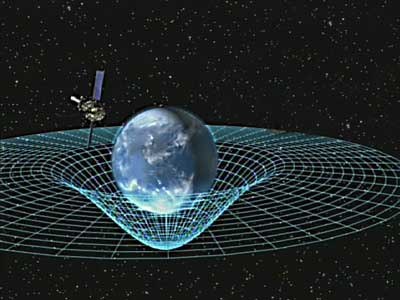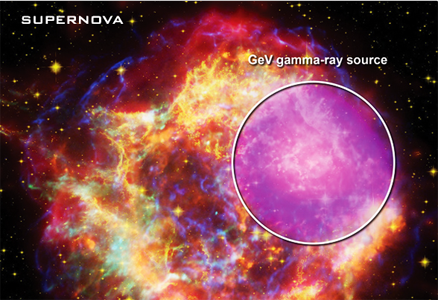General Conference on Weights and Measures in 1971 adopted seven quantities as fundamental base quantities. These seven base quantities are known as International System of units or SI in brief. There quantities listed below are seven fundamental quantities
| Quantity | SI Unit | Symbol |
| Length | meter | m |
| Mass | kilogram | kg |
| Time | second | s |
| Electric current | ampere | A |
| Temperature | kelvin | K |
| Amount of substance | mole | mole |
| Luminous intensity | candela | cd |
Two supplementary units are also added for Plane angle called radian (rad) and another unit for solid angle called steradian (Sr.)
Meter: One meter is defined as a distance between two lines engraved on a platinum-iradium bar kept at 0C at the International Bureau of Weights and measures at Paris. However a more accurate definition of meter is defined as distance traveled by light in vacuum in 1/299792458 second.
Kilogram: It is mass of cylinder made of platinum-iridium alloy kept at international Bureau of weight and measurements in Paris. With internationl agreement, mass of 1kg is assigned to it.
Second: One second is time taken to make 9,192,631,770 vibrations by a hyperfine transition in cesium-133 atom.
Ampere: It is current which when passed equally through two long parallel conductors kept one meter apart in vacuum, produces a force of newton/m on the wires.
Kelvin: It is 1/273.16 of the temperature of tripple point of water. The temperature of triple point of water is 273.16 kelvin.
Mole: It is the mass of a substance that contains number of atoms or molecules. The number
is called Avogadro number. Example one mole of carbon-12 has a mass of 0.012kg exactly and contains
number of carbon atoms.
Candela: It is the luminous energy emitted per second by a source per unit solid angle. It has a radiant intensity of 1/683 watt per steradian.
Radian: It is the angle subtended at the center of a circle of radius r by an arc of length r of the same circle.
Solid Angle: It is defined as the angle subtended at a point by the surface area.
Steradian: It is the solid angle subtended at the center by unit area on the surface of a sphere of unit radius. Total solid angle subtended at the center by the surface area of a sphere of radius r in steradian.






